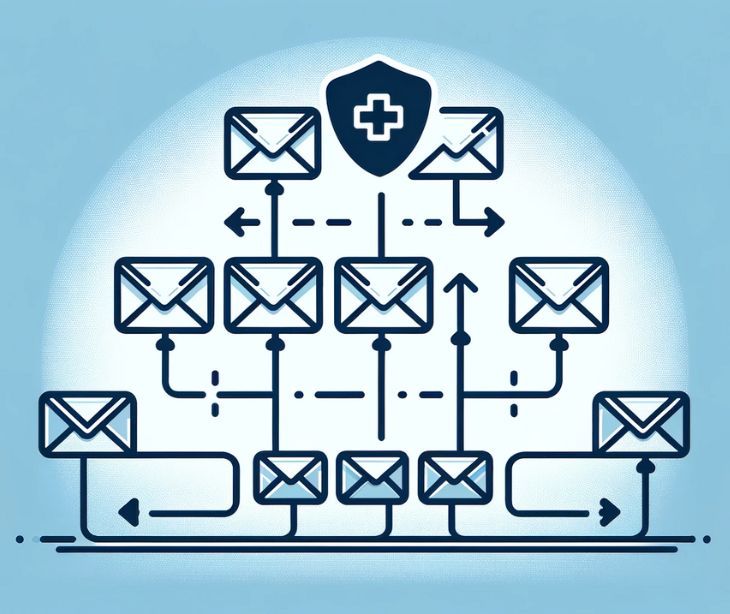Email marketing is an important tool when developing your healthcare organization's marketing strategy. Yes, the quality of your content matter, but when you send it is also crucial. It’s important to keep your content ideas and dates to send organized. An email marketing calendar can help you do just that.
What is an email marketing calendar?
An email marketing calendar is a calendar where you can organize and schedule your future marketing emails. Creating a calendar template is an easy way to organize your content month by month and share it with your team members across various departments.
If you are in a larger healthcare organization, chances are you won’t be the only one sending emails to patients. Having a calendar template ensures themes, topics, and launches do not overlap with one another. If a patient were to receive multiple emails from your organization in a short period of time, they may get frustrated and unsubscribe.
Why do you need a calendar?
Email marketing calendars are crucial for staying organized and making the most of each email campaign. A calendar makes collaboration with team members simple and reduces the number of emails sent at one time.
Calendars also keep sending times consistent. For example, without a calendar, your organization may send three emails in one week to the same group of patients and then none for another month. The inconsistency in emails will confuse patients and will lead to poor open rates and solicit unsubscribes. It may also land your name in their spam folder. Tracking each campaign and when you send will mitigate any timing errors.
What to include in your email calendar
When designing your calendar template, it’s important to add only the most important information. Since you might be sharing the template with multiple people, it should be easy to read. Anyone in your organization should be able to look at the calendar and know exactly what campaigns you are sending and when.
Here are some examples of information that could be beneficial to add to your email marketing calendar:
- Campaign ideas/topics: Not only will this help you remember what content you planned when, but it will also ensure content and launches do not overlap.
- Dates: Marking important holidays or dates special to your organization reminds others what is coming down the pipeline for future campaigns.
- Assignee: Who is responsible for each campaign. You can even mark the dates when drafts are due before the final is sent to patients.
- Content: Adding subject lines and content copy keeps everything in one place. To keep the calendar clean, try linking copy from other content documents.
- Email list: Not every email you send will be to your whole contact list. When segmenting your email list, be sure to name each group. This will make it easy to add group names to the calendar.
Related: HIPAA Compliant Email: The Definitive Guide
How to create an email marketing plan
An email marketing calendar is only as good as the plan behind it. Without a strategic plan, your email campaigns cannot reach their full potential. Before going in and scheduling campaigns without any solid objectives here are a few items you should consider first:




